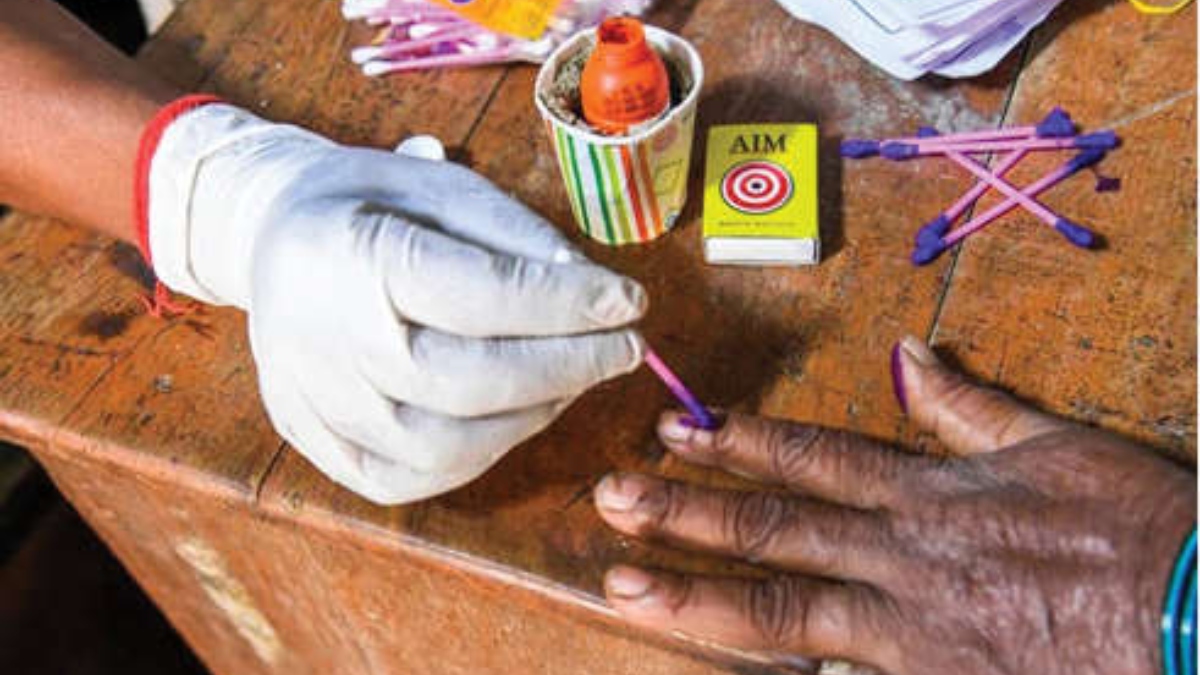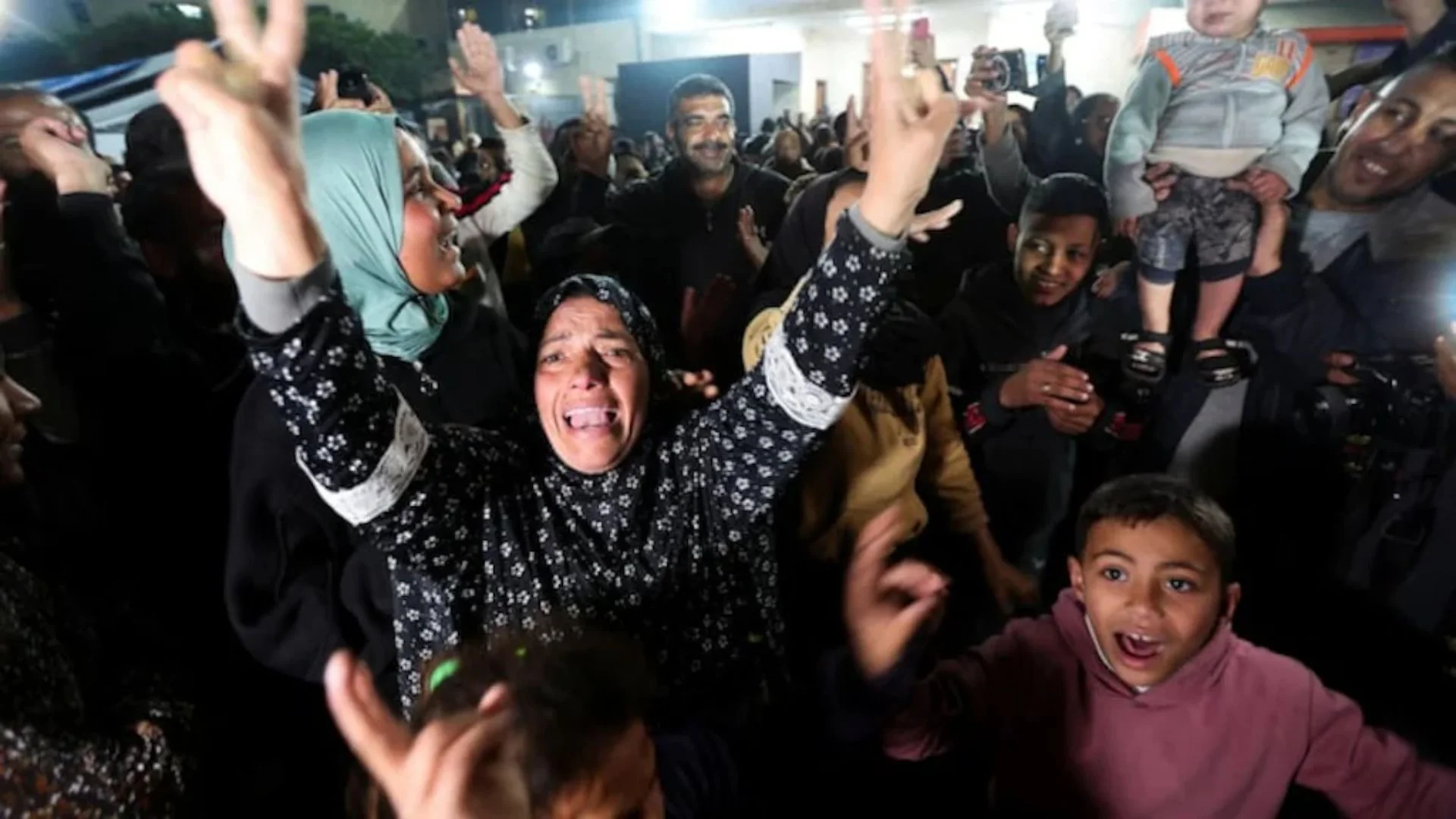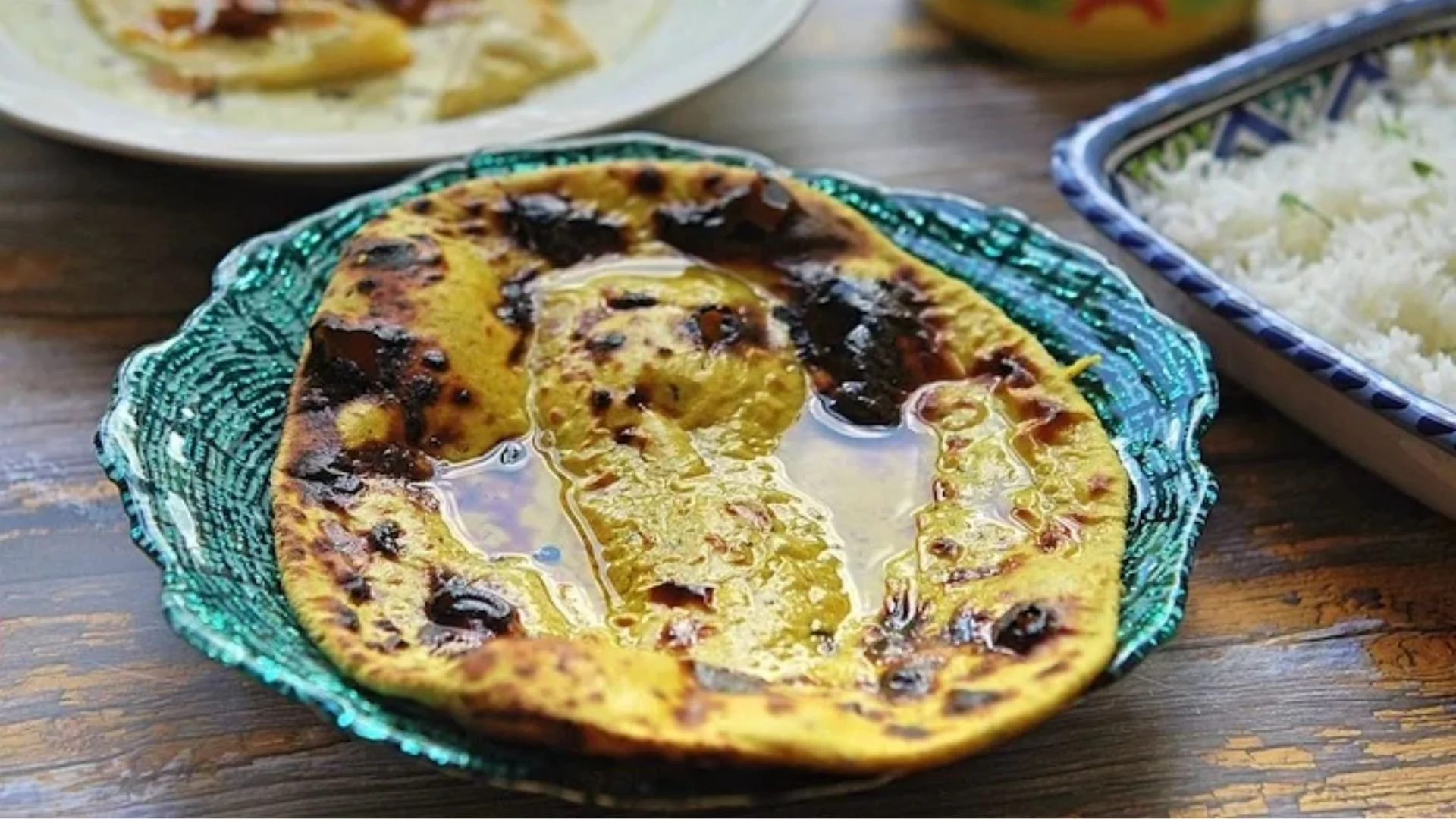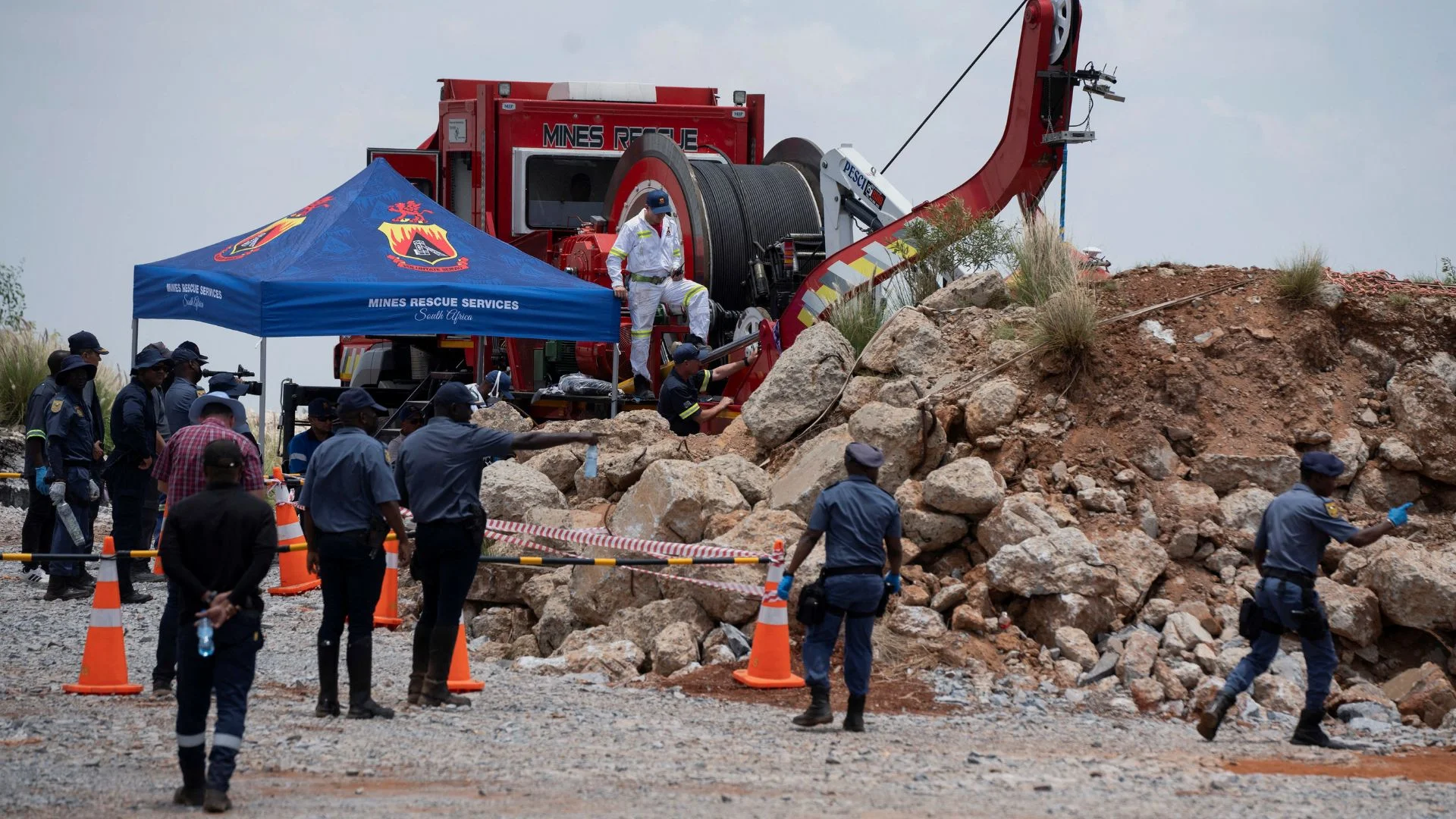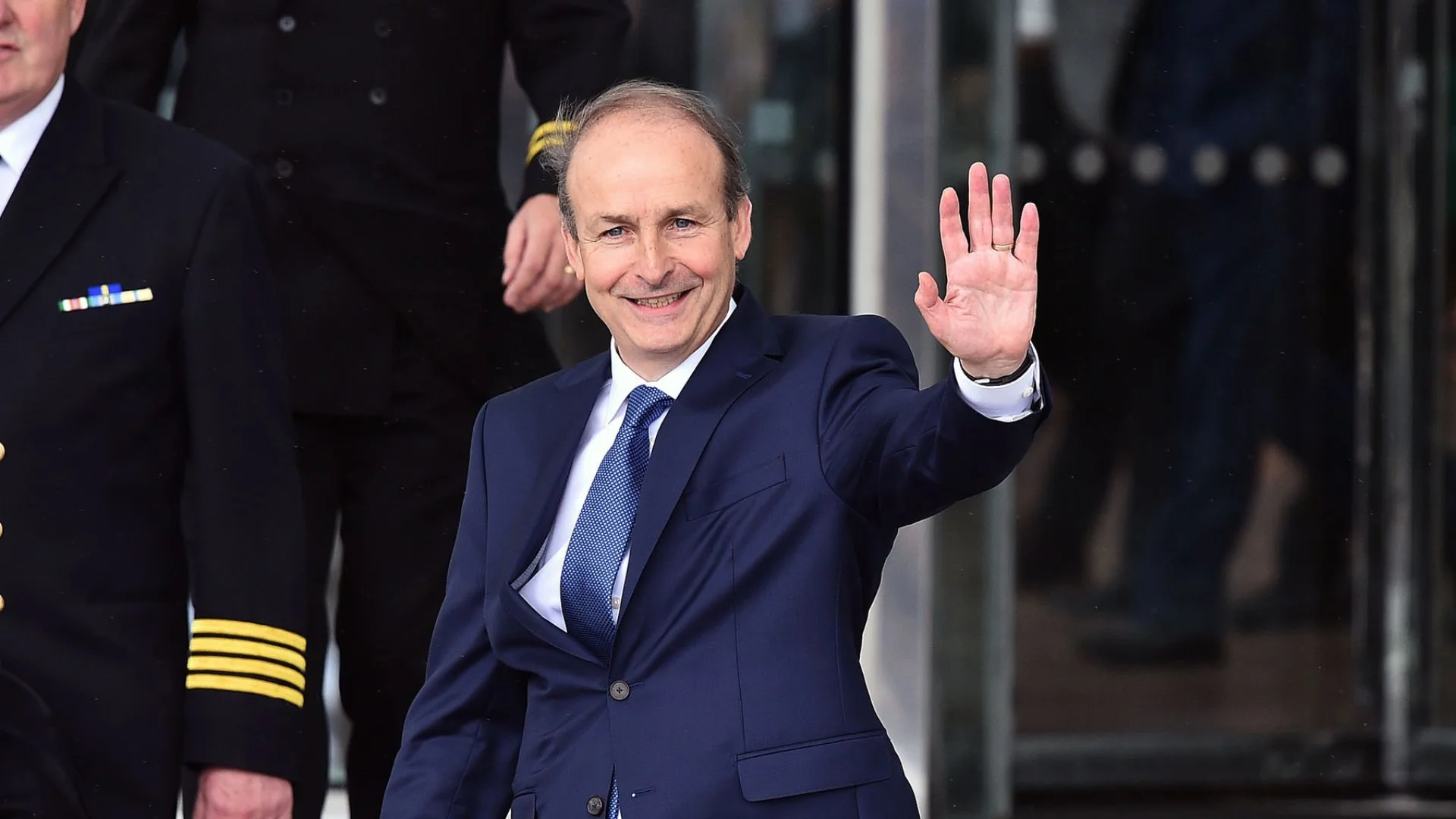In two weeks, Assembly elections are scheduled to take place in Uttarakhand to elect 70 members to the state’s legislative assembly. Through 2021, the internal politics of the state garnered national attention as the ruling Bharatiya Janata Party (BJP) had two Chief Ministers resign in the state. In March 2021, Chief Minister Trivendra Singh Rawat resigned after large-scale dissatisfaction against his government, after which Tirath Singh Rawat was sworn in as the new Chief Minister of the state. However, the troubles of the BJP did not stop there. Shortly after, in July 2021, Tirath Singh Rawat also tendered his resignation. Pushkar Singh Dhami then took up the post as the youngest Chief Minister of the state.

Source: live.staticflikr
While the BJP swept the state in 2017, winning 57 out of the 70 seats with a vote share of 47 per cent, the 2022 elections are not going to be a cakewalk for the party. The upcoming election is set to witness a three-cornered fight this time, with Arvind Kejriwal’s Aam Aadmi Party (AAP) and the Indian National Congress (INC) also gearing up to try to win the state. In the past, the state has had very strong anti-incumbency as it has turned up alternative governments every five years since the first election was held in 2002.
WHAT ARE THE PARTIES PROMISING?
The INC, which was only able to secure 11 seats in the 2017 Assembly elections, was able to secure a vote share of 33.8 per cent. For the upcoming elections, the Congress launched its campaign theme of “Char Dham, Char Kaam – Uttarakhandi Swabhimaan” in Dehradun. Chhattisgarh Chief Minister Bhupesh Baghel, former Uttarakhand Chief Minister Harish Rawat, Congress national spokesperson Gourav Vallabh, and other party leaders were present to flag off the campaign. The party has promised a ceiling cap of ₹500 on gas cylinders, ₹40,000 income support to five lakh of the poorest families in the state, doorstep delivery of services including medical services using drones, bike ambulances, and generation of four lakh jobs in the state.
Both the INC and the AAP have been using the instability within the BJP and the changes in the state’s leadership as a weapon for the upcoming elections. The AAP announced that it will be contesting all 70 seats in Uttarakhand. The party has said it will bring the “Delhi model” to the state, along with the promise of quality education, healthcare, 300 units of free electricity, waiving off old electricity bills, free electricity for farmers, and 24×7 electricity. In recent months, the AAP has attempted to gain traction in the state with a public outreach drive dubbed “Uttarakhand me bhi Kejriwal,” along with an increased online presence and regular visits by party officials such as Manish Sisodia. The party has declared Colonel (Retd) Ajay Kothiyal as its chief ministerial face for the 2022 Assembly polls. Kothiyal is known in Uttarakhand for his contribution to the reconstruction of the areas around Kedarnath in the 2013 flash floods.
In an attempt to combat the massive anti-incumbency sentiment, the BJP has named 30 prominent campaigners for the Assembly elections, including Prime Minister Narendra Modi, Union Home Minister Amit Shah, Defence Minister Rajnath Singh, and Uttar Pradesh Chief Minister Yogi Adityanath. While the party has not released its manifesto for the state yet, it is pedalling the “double-engine” growth model of the party ruling in the Centre and in the state. The party’s campaign is centred around the narrative that the BJP is the only party that has worked for the people of the state and will continue to do so – “Kiya hai, karti hai aur karegi sirf Bhajpa”. The party has so far promised distribution of free laptops and smartphones, a stop to the commercialisation of education in the state, promoting medical tourism in the state by boosting access to health facilities along with a focus on organic farming and the availability of interest-free crop loans.



VOTING PATTERNS OF KEY VOTER GROUPS
The religious composition of the state includes around 83 per cent Hindus, 14 per cent Muslims, and 2.34 per cent Sikhs. When talking in absolute terms, the number of Hindus in the state is around 83.6 lakh, out of which 50 lakh are upper caste members, 14 lakh Muslims and 2.5 lakh Sikhs. Uttarakhand is one state in India where the upper castes constitute a whopping majority (over 60 per cent). The state is also home to various prominent Hindu religious worship sites, which influences a lot of the politics in the state. The electoral politics of the state is mainly driven by the dynamics involving hilly areas and plains, the Kumaon and Garhwal regions, and the Thakur and the Brahmin communities. Dominant caste groups supported the BJP in 2017, with 53 per cent Rajputs and 52 per cent Brahmins voting for the party, as per survey data from the Centre for the Study of Developing Societies (CSDS). Both the BJP and INC are trying to woo the dominant caste groups of Brahmins and Thakurs by allocating tickets to candidates from those communities.
The Scheduled Caste (SC) community, comprising communities such as Dalits and Shilpkars also forms a significant bloc of voters as they make up around 18 per cent of the total population in the state. The Dalit population in the hill state is significant and in more than a dozen seats in two districts – Haridwar and Udham Singh Nagar – the community’s vote is decisive. In 2017, in all 70 seats, the majority of Dalit votes had shifted to the BJP. This was one of the key reasons for its victory in the state. As per the CSDS surveys conducted in 2002 and 2007, Muslims, who do not support the BJP in the state, did not have any notable inclination towards the INC either. Less than 30 per cent of Muslim voters supported Congress in either election. However, this changed in 2012, as most Muslims (63 per cent) voted for the Congress. This figure jumped to 78 per cent in 2017, with the massive polarisation reflecting a strong anti-BJP sentiment.


Source: Wikimedia Commons

Source: Wikimedia Commons
WHAT DO THE OPINION POLLS SAY?


According to an opinion poll conducted by Polstrat and NewsX in January 2022, Pushkar Singh Dhami, the incumbent Chief Minister from the BJP, enjoys widespread support amongst the SCs and STs (47 per cent), Upper Caste Hindus (54.32 per cent) and the ‘Others’ (45 per cent). Keeping in line with the Congress’ general support amongst Muslims, Harish Rawat, the former Chief Minister of Uttarakhand from the INC, enjoys a high level of support amongst the Muslims (77.46 per cent) and OBCs (45.16 per cent). AAPs Chief Ministerial face Col. Ajay Kothiyal enjoys some significant support amongst the ‘Others’ (27.73 per cent), Upper Caste Hindus (17.86 per cent) and OBCs (20.9 per cent). Overall, the Polstrat-NewsX opinion polls conducted in December 2021 and January 2022, predict a close competition between the BJP and INC. While the INC is likely to increase its seat tally from 11 in 2017 to 25-30 seats in 2022, the BJP is likely to achieve the majority mark with a vote share of around 40 per cent and 36-41 of the seats in the Assembly. The AAP is likely to stay in the single digits, winning anywhere between 2 to 4 seats with a vote share of around 11 per cent.
Contributing reports by Damini Mehta, Junior Research Associate at Polstrat and Aakarshan Singh, Anurag Anand, Devak Singh, and Narayani Bhatnagar, Interns at Polstrat.

